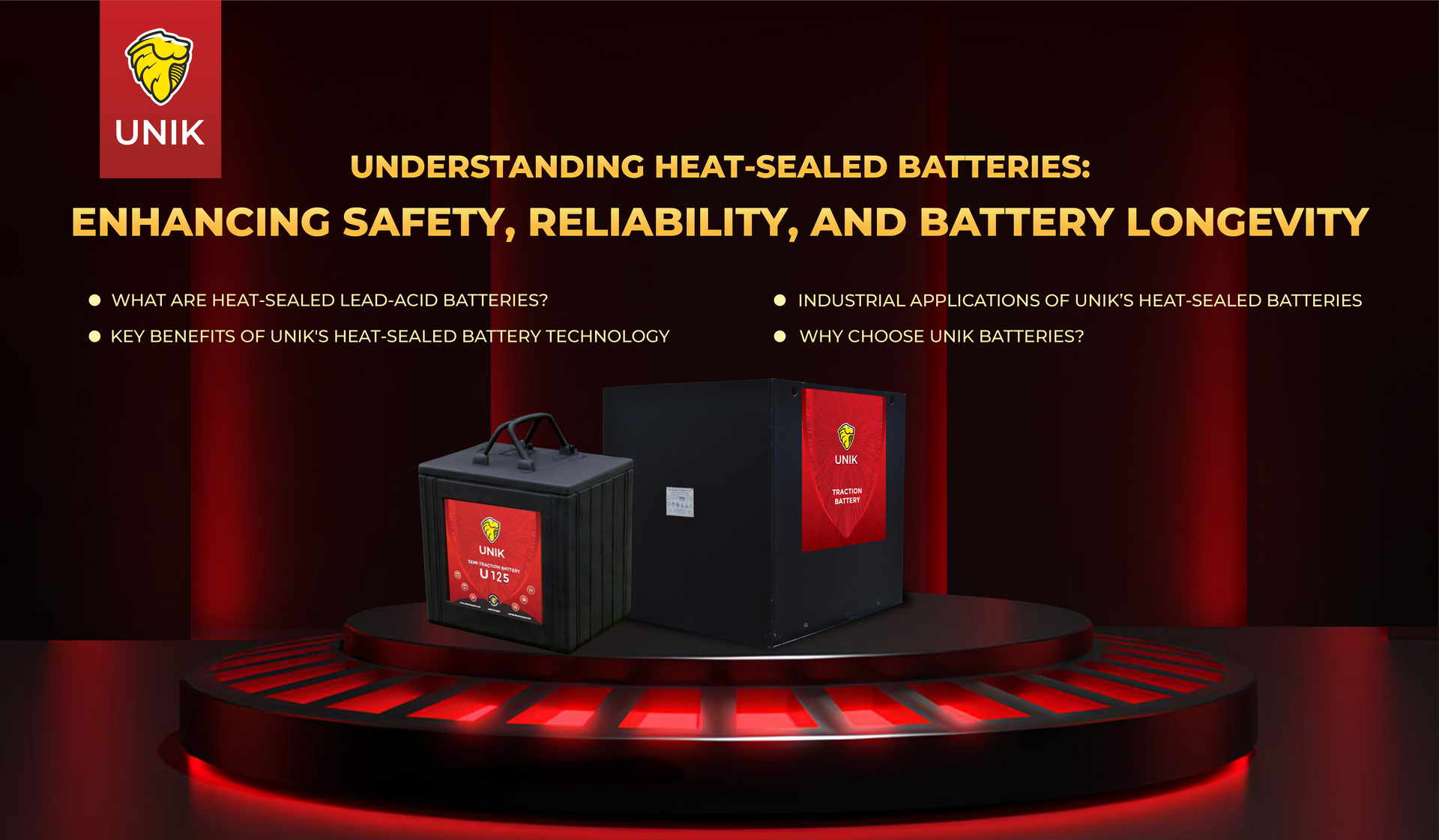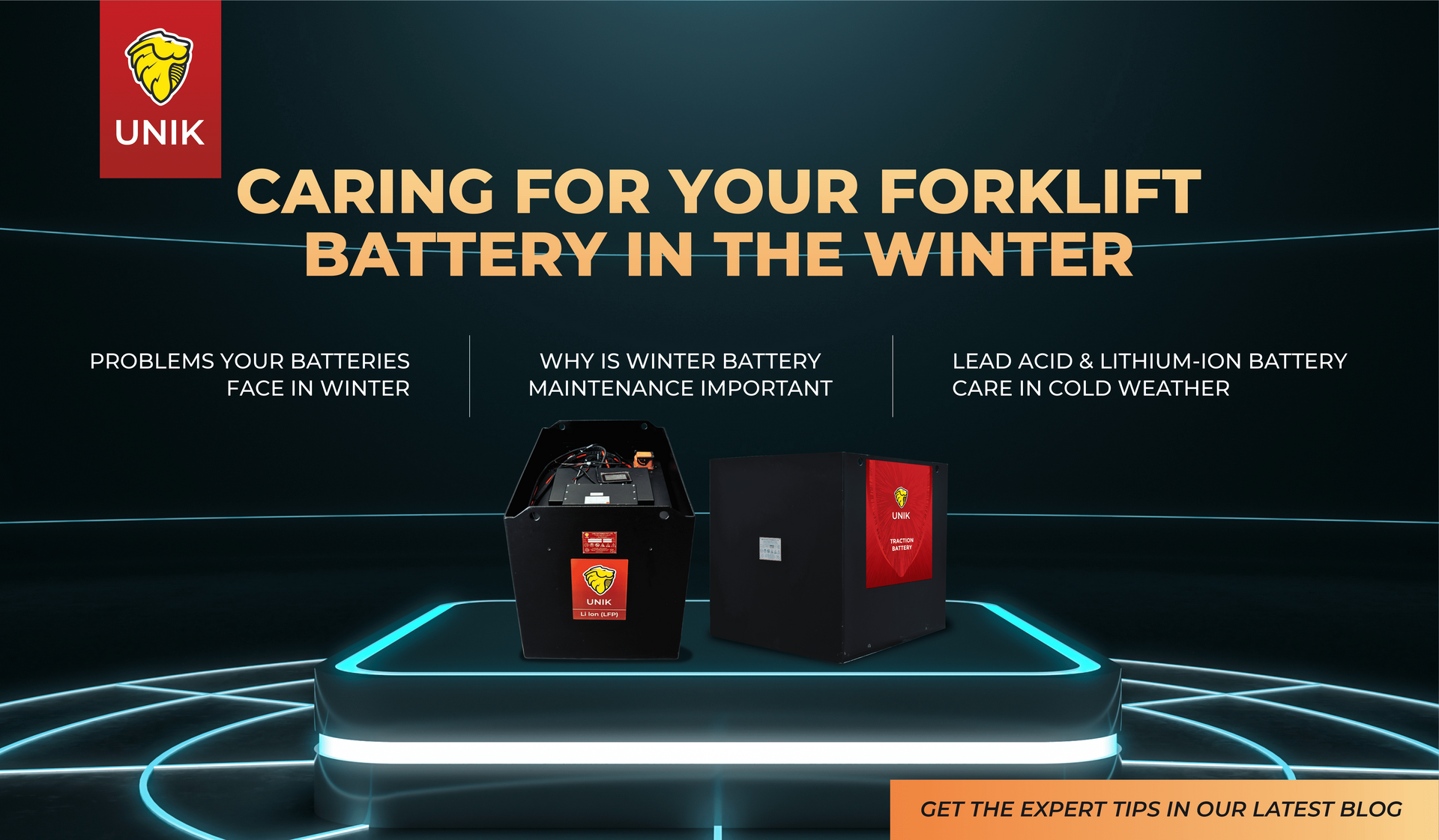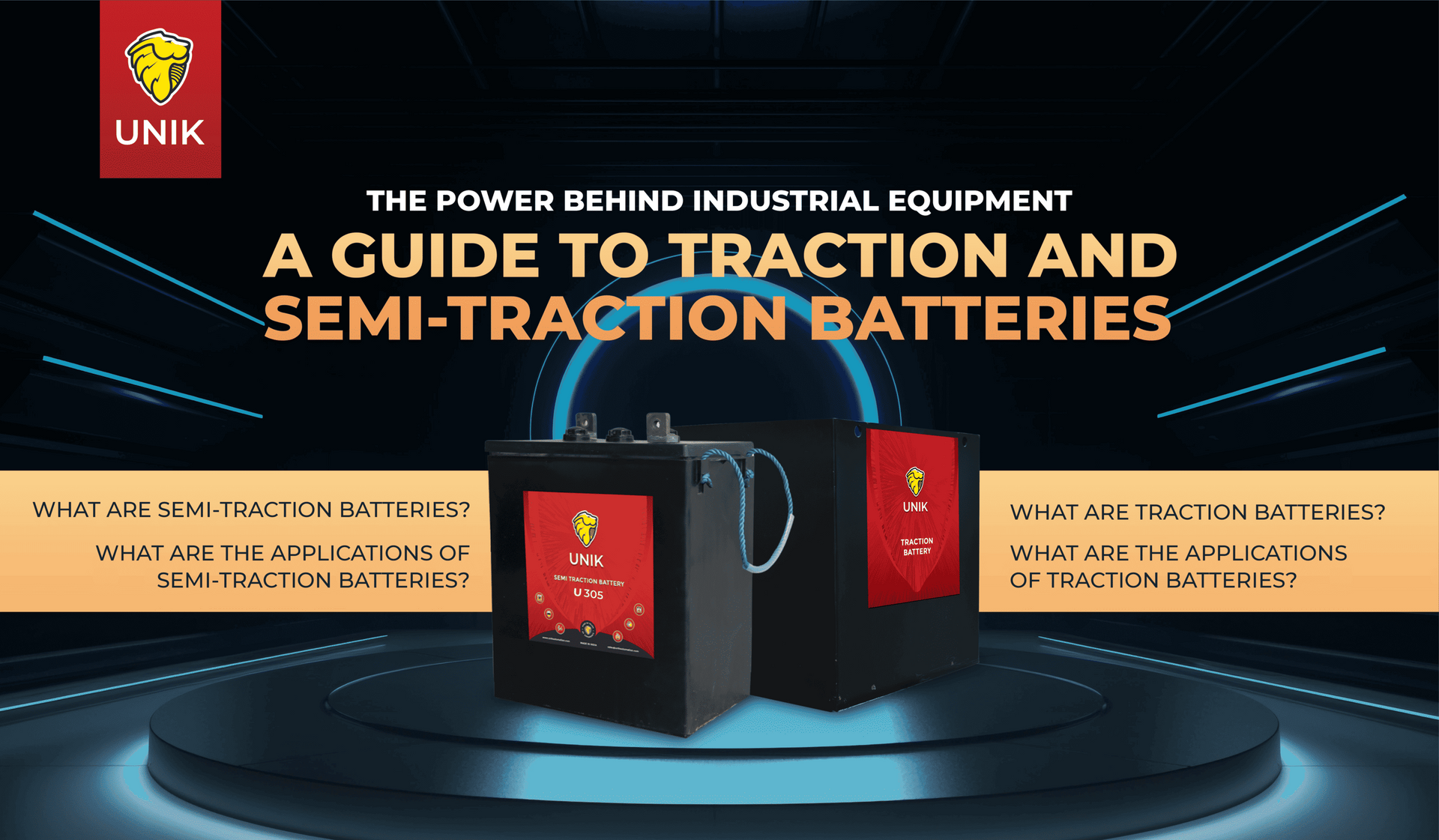The Evolution of Battery Technology: A Chronicle of Power Innovation
Tracing the Progression of Batteries Through the Ages And The Best Batteries Of UNIK.
The Humble Beginnings of Battery Technology
The tale of battery technology is a narrative of constant evolution and innovation, underpinned by humanity's continued quest to meet it's escalating energy demands. In its nascent stages, rudimentary energy storage devices were invented, laying the groundwork for what we now recognise as batteries. However, these initial models needed more efficiency, reliability, and longevity required by contemporary applications.
The Advent of Traction Batteries
The birth of traction batteries signalled a significant advancement in energy storage solutions. In contrast to their antecedents, these batteries offered higher energy density, extended lifespan, and superior reliability. The innovation of traction batteries also ushered in an era of electric vehicles and stationary machines, which relied heavily on these efficient energy providers.
The battery market was dominated by diesel engine operated vehicles in the material handling (MHE) segment. Advent of pharmaceutical and food industries primarily had a requirement of pollution free, decontaminated and a dust free environment. Also, reduction in noise pollution requirements and lesser maintenance compared to diesel IC engines furthered the growth in population of traction batteries powered material handling equipment’s.
A Quantum Leap with Semi-Traction Batteries
The emergence of semi-traction batteries represented a quantum leap in technology. Leveraging deep cycle technology, these powerhouses offered improved discharge rates and an even greater lifespan, providing unprecedented efficiency to mobile and stationary applications. The semi-traction battery thus became an indispensable component in electric vehicles and various industrial machines, further fuelling the progress of battery technology.
Innovation Continues The Pursuit of Excellence
As technology advanced, so did the push for more efficient, reliable, and sustainable batteries. The industry began focusing on improving battery longevity, performance, and ecological sustainability, leading to the advent of greener, more efficient energy solutions.
Future Directions in Battery Technology
The current trajectory of battery technology points towards a future of continued innovation. With the growing global consciousness around sustainable energy, the demand for eco-friendly and efficient batteries is higher than ever. Battery technology of the future is expected to deliver more power, last longer, charge faster, and have a minimal environmental impact.
Looking back at the journey of battery technology, we see a story of relentless progress and unwavering commitment to innovation. It is a testament to human ingenuity and the pursuit of better, more efficient energy solutions. As we turn the pages of this ongoing saga, UNIK aims to leave an indelible mark in the history of this exciting new technology. We promise to bring exciting innovations as batteries continue to shape the future.




CORPORATE OFFICE:
UNIK Batteries Pvt. Ltd.
J-52/4, Indrayaninagar Road, M.I.D.C, Bhosari, Pune, Maharashtra
411 026, India.
CONTACT US:
International enquiries:
Meghav Bafana
Phone: +44 7756 077320
Email:
meghav@unikbatteries.com
Local & general enquiries:
Shubhangi Daundkar
Phone: +91 98504 13331
Email:
marketing@unikbatteries.com
© 2025 Unik Batteries Pvt. Ltd. All Rights Reserved
Digital Presence Managed By: Knowledge Units


